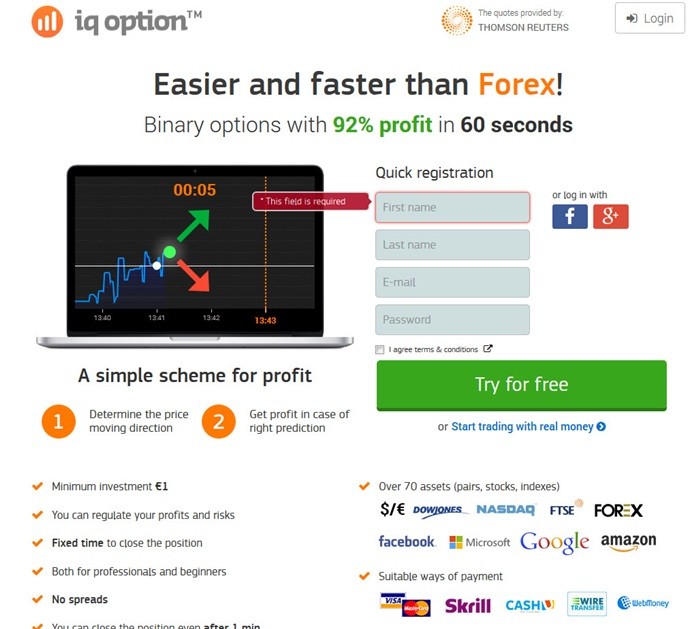Covered Call Funds Sure Just Don t Live Off Options Payouts Focus on Funds
Post on: 5 Октябрь, 2015 No Comment

By Brendan Conway
The practice of selling call options on your stock holdings to harvest a little extra money is about as seasoned a strategy as you get in the options market. There are now a bunch of mutual funds and ETFs that do the labor of trading options, so you dont have to. Gateway A (GATEX ) is a well known example; the ETFs include PowerShares S&P 500 BuyWrite Portfolio (PBP ).
The trouble, explains Morningstars Philip Guziec in a must-read article this morning on the subject. comes when you try to live off the options income. Pulling the money from options premiums out of your account to pay for expenses isnt the same as clipping dividend coupons. Its a bit like selling off chunks of stock.
Investors who sell call options are already trading away some upside in their stock portfolios for a little less volatility. Experiencing less volatility isnt free. In fact, its been rather expensive, for the simple reason that lots of people want it since the financial crisis.
The chart to the right shows a gain of 19-20% for both the S&P 500 Total Return (SPY ) and the CBOE S&P 500 BuyWrite Index. the leading benchmark for covered-call strategies, since 2004. Theyre both better than the red line, which is the S&P 500s price return thats what you get if you live off the S&P 500s dividends.
That ugly orange line at the bottom is what happens when an investor pulls out the options premium each month. Over the period, the position is down 72%, according to Morningstar.
How is that possible? Guziec explains:
In theory, if stocks only rose and never fell, covered-call strategies could be fantastic income strategies. But in practice, the downside is frequently realized. When an investor sells an at-the-money covered call and spends all of the premium income, the principal is only safe when the underlying stock or index has risen at expiration. If the underlying stock or index has fallen, the covered-call portfolio value effectively ratchets down, because a new call option will be sold on the lower-priced asset that prevents any value recapture when the asset rebounds. This problem compounds when there are frequent or dramatic drawdowns.
Its worth keeping in mind if youre being pitched an options-enabled stock fund as an alternative equity strategy. These funds are capable of reducing volatility, which is what they promise. But you could run into trouble if you think options premium and dividend income are interchangeable.
Fitch: Gold Under $1,000 Could Mean Significant Pressure For Miner Ratings Next
If Currency-Hedging is the New New Thing, This ETF Family is Ready














